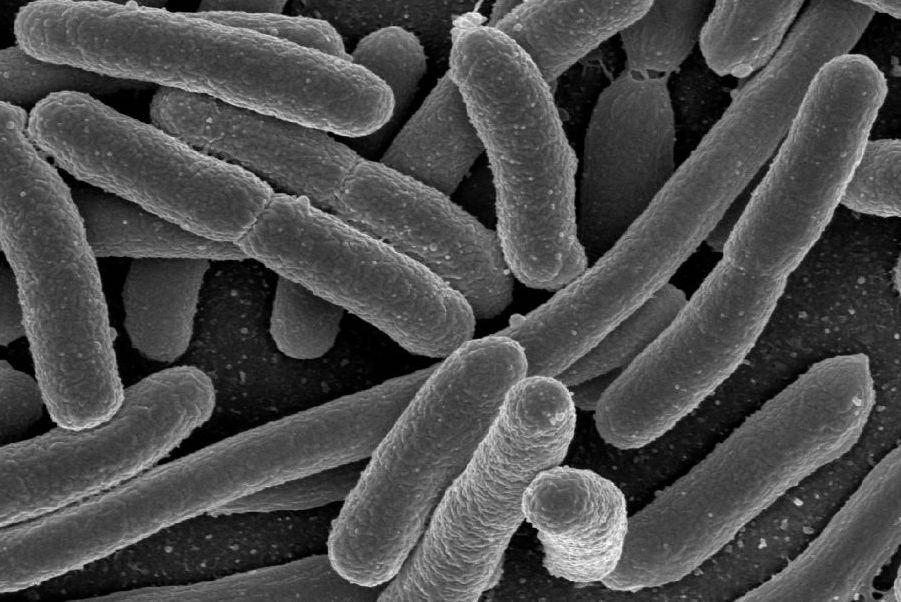D: Yaël, I was just reading an article about seven super foods that are good for feeding gut bacteria. It said that ninety percent of our cells are non‑human. That can't possibly be correct, can it?
Y: In the last few decades, scientists have begun to understand the importance of bacteria that live in and on our bodies. The accepted estimate has been around ten times as many bacterial as human cells.
D: Are you saying I'm more bacteria than human? No super foods for me.
Y: Remember, Don, average bacterial cells are a thousand times smaller than the average human cell. There might be more cells, but they occupy less volume. You're still mostly human.
D: That's a relief.
Y: You'll be even more relieved about a study done by scientists at the California Institute of Technology. They believe that estimate is too high.
D: Why is that?
Y: The original estimate was based on average cell sizes. The problem is, both human cells and bacterial cells vary widely in size. Muscle cells are one hundred times larger than red blood cells for instance. Bacteria in the large intestine are about four times the size of average bacterial cells.
D: So, they adjusted the calculation?
Y: Yes. They weighted their computations by the numbers of the different‑sized human and bacterial cells. They also considered the quantities of bacteria in different organs in the body. For example, the bacteria in the large intestine dominate, in terms of overall numbers, all the other organs combined. They found that ratio is more like one bacterial to one human cell.
D: That's good. Maybe I'll eat some of those super foods after all.









